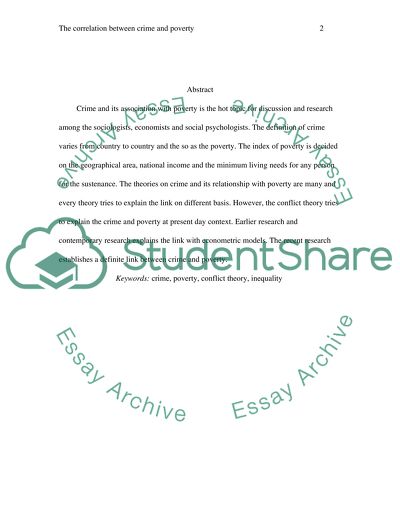Cite this document
(“The Correlation Between Crime And Poverty Research Paper”, n.d.)
Retrieved from https://studentshare.org/mathematics/1427704-what-is-the-correlation-between-crime-and-poverty
Retrieved from https://studentshare.org/mathematics/1427704-what-is-the-correlation-between-crime-and-poverty
(The Correlation Between Crime And Poverty Research Paper)
https://studentshare.org/mathematics/1427704-what-is-the-correlation-between-crime-and-poverty.
https://studentshare.org/mathematics/1427704-what-is-the-correlation-between-crime-and-poverty.
“The Correlation Between Crime And Poverty Research Paper”, n.d. https://studentshare.org/mathematics/1427704-what-is-the-correlation-between-crime-and-poverty.


